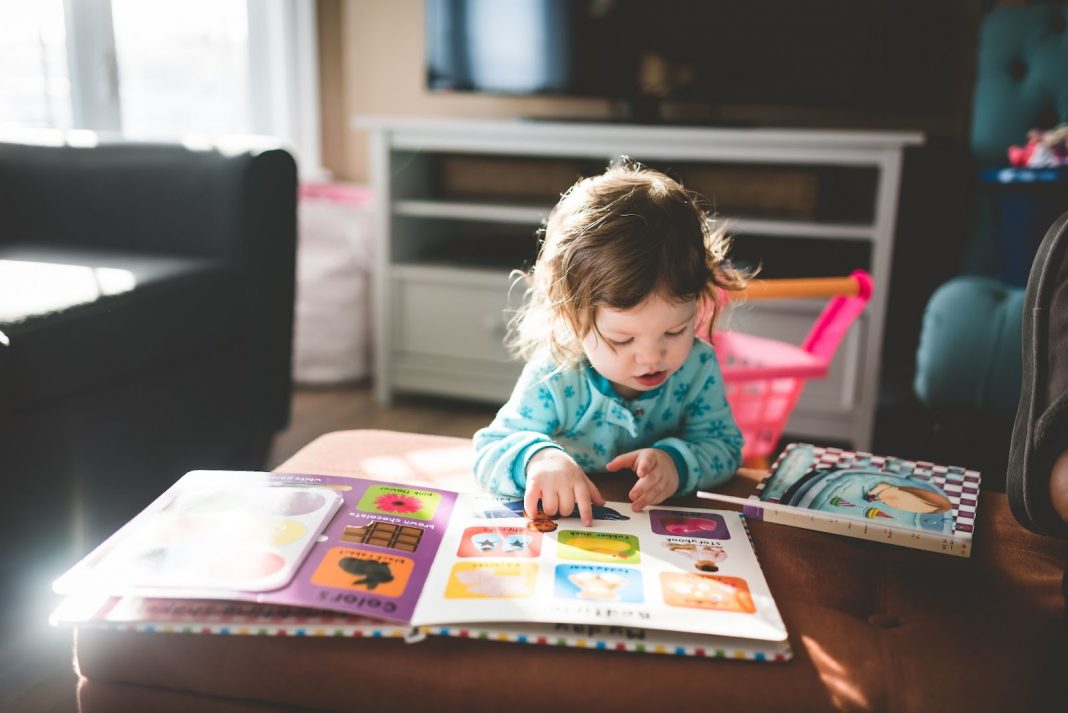As a parent, you want your child to excel in their reading and writing skills. One of the essential building blocks of literacy is phonograms. As the renowned educator Maria Montessori once said, “The development of language is part of the development of the personality, for words are the natural means of expressing thoughts and establishing understanding between people.”
Math & ELA | PreK To Grade 5
Kids see fun.
You see real learning outcomes.
Watch your kids fall in love with math & reading through our scientifically designed curriculum.
Parents, try for free Teachers, use for free
Understanding phonograms is crucial to help your child develop strong reading and writing skills. Phonograms can be a tricky concept to grasp, especially for parents who are not aware of the term. This comprehensive guide covers everything you need to know about phonograms, from what they are to their importance in literacy and how to teach them at home. Let’s dive deeper into this topic and start with understanding what Phonograms really are.
What is a Phonogram?
Phonograms are a fundamental concept in linguistics that form the basis of written language. They are the symbols or letters that represent sounds in spoken words. Phonograms can consist of a single letter, such as “a” or “b,” or they can be a combination of letters, such as “ch” or “th,” that represent a specific sound. These sounds can be basic vowel and consonant sounds or more complex diphthongs or digraphs.
Phonogram words play a crucial role in developing reading and writing skills in children. When children learn to recognize and understand phonograms, they can use this knowledge to decode written words and understand their meaning. Understanding phonograms also helps children learn spelling, pronunciation, and grammar. The more familiar a child is with phonograms, the more they will be able to recognize words and read fluently.
How many phonograms are there?
There are several types of phonograms that children need to learn to read and write effectively. The most basic type of phonogram is a single-letter sound, such as the letter “a,” which represents the sound “ah.” Children must also learn to recognize phonograms that consist of two or more letters, such as “ch” or “sh,” which represent a distinct sound in spoken words. With so many different phonogram examples and combinations, you will surely need a phonogram list or a phonogram sounds list that covers them all.
Related Reading: What is Phonological Awareness? Examples & Benefits
Why is Learning Phonograms Important?
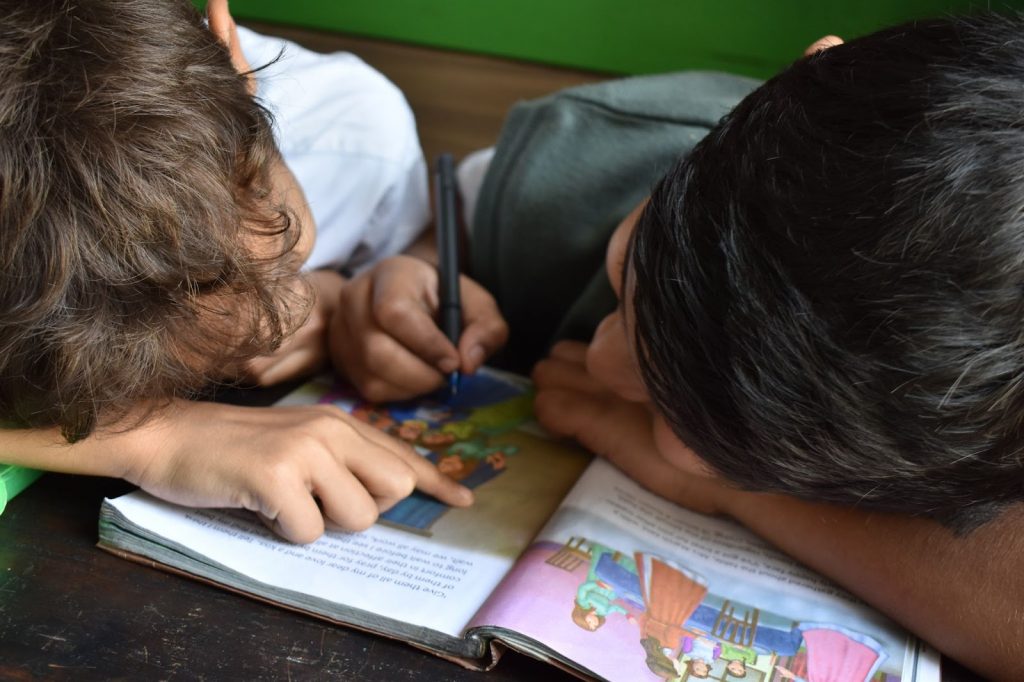
Phonograms are the foundation of written language and are the building blocks of words. Children who understand phonograms can decode written words and understand their meaning easily. Study suggests that children who received phonics instruction performed better on reading assessments than those who did not receive phonics instruction.
Research has shown that phonics instruction, which includes teaching phonograms, is an effective way to teach reading skills. A study conducted by the National Reading Panel found that phonics instruction improves children’s reading fluency, comprehension, and spelling skills.
Learning phonograms also help children with spelling and writing. When children understand how phonograms represent sounds in words, they can use this knowledge to spell words correctly. Additionally, understanding phonograms helps children develop a strong sense of phonemic awareness, which is the ability to recognize and manipulate individual sounds in words.
Phonogram vs Phoneme
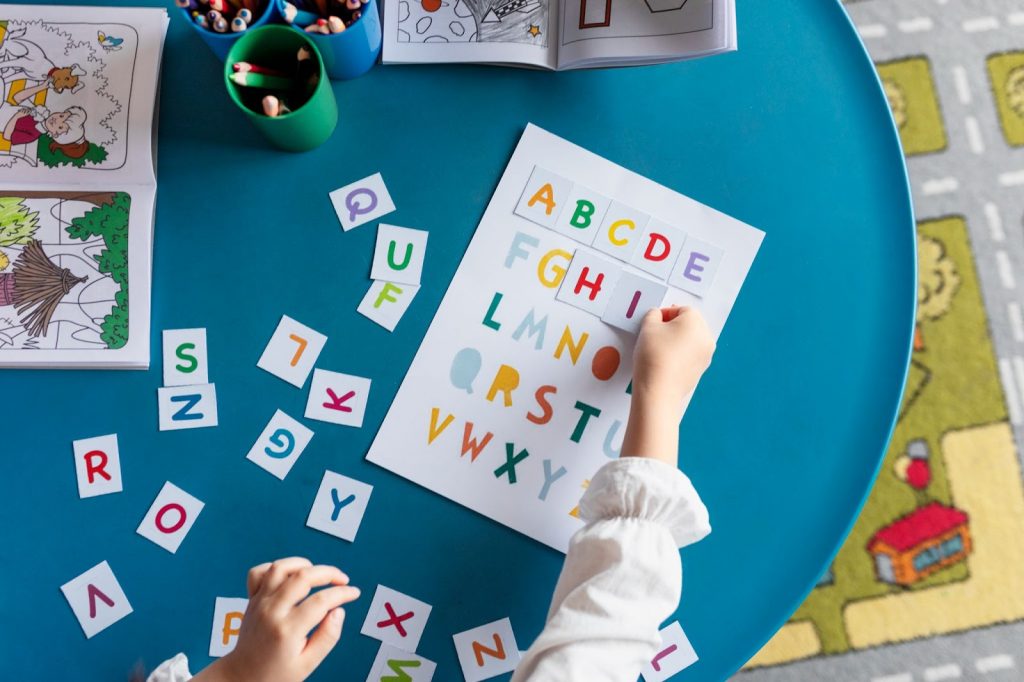
Phonograms and phonemes are two terms often used in the context of learning to read and write. While they are related, they have distinct meanings and purposes.
What Is A Phoneme?
A phoneme is the smallest unit of sound in a word. It is the basic sound unit that distinguishes one word from another in a language. For example, the word “cat” has three phonemes: /k/ /a/ /t/. Changing one phoneme can change the complete meaning of a word. For instance, changing the /t/ sound in “cat” to a /b/ sound would make the word “cab”.
How’s a Phoneme Different From A Phonogram?
A simple phonograms definition would be that it refers to the visual representation of a sound in written language. It can be made up of one or more letters. For example, the “a” in “cat” is a single phonogram, while the “igh” in “night” is a combination of letters that represent a single sound.
While phonemes are the basic sound units in language, phonograms are the written symbols used to represent those sounds. Understanding phonograms is important because it allows children to recognize and decode words they have not encountered before. When children understand that a group of letters represents a sound, they can use that knowledge to read and write new words.
It is important to note that not all phonemes have a corresponding phonogram, and not all phonograms represent only one phoneme. For example, the letter “c” can represent two different phonemes, as in “cat” and “cent”. Additionally, some phonograms can represent multiple phonemes, as in the letter combination “ou” in “house” and “soup”.
How to Teach Phonograms?

Teaching phonograms at home can be fun when done right for both parents or teachers and kids. Here are some tips that can help make the learning process easier:
- Start with the basics: It’s important to start with the basics, such as teaching your child the sounds of the letters in the alphabet. Once your child has mastered these sounds, you can move on to teaching them phonograms.
- Use visual aids: Using visual aids such as flashcards can be helpful in teaching phonograms. Make sure to use pictures that your child can easily recognize, or they might become too difficult and they might lose interest.
- Practice: Repetition is the key when it comes to learning phonograms. Encourage your child to practice reading and spelling phonograms regularly. You can create fun activities to make the process more engaging, such as word games and spelling bees.
- Make it fun: Learning phonograms doesn’t have to be boring. You can make it fun by incorporating it into everyday activities such as cooking or going for a walk. For example, you can ask your child to read the words on street signs or food labels.
Related Reading: How to Teach Phonics to Kids - Step By Step Guide
10 Engaging Phonogram Activities For Kids

This phonogram list will help you engage your kids effortlessly and teach them the letters better so that they can learn to use them quickly and understand their implications:
1. Feel The Letter
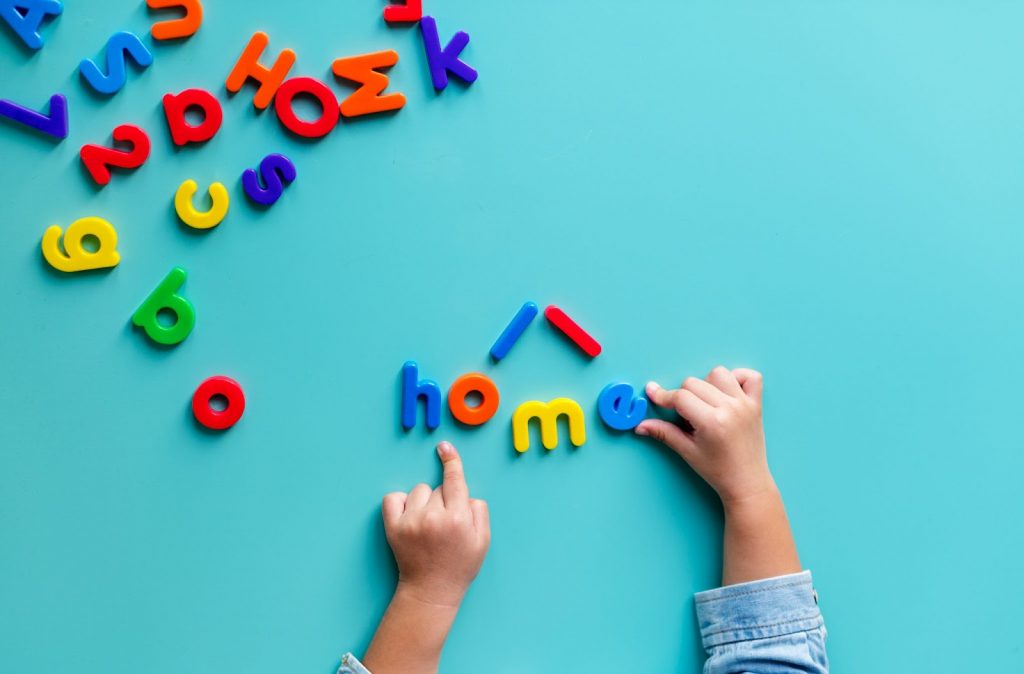
Things you’ll need: Magnetic or foam letters
How to do: To begin, instruct your child to place their hands behind their back. Next, place a magnetic or foam letter in one of their hands and have them feel its shape. To earn a point, your child must identify the letter, and to earn a bonus point, they must identify the corresponding sound. You can make this a fun competition by taking turns guessing! It is important to keep the atmosphere light-hearted and enjoyable. If your young learner struggles with a phonogram, simply correct them and move on without causing any stress. Remember, the goal of this game is to practice, and repetition is a useful way to reinforce phonogram knowledge.
2. Phonogram Hopscotch
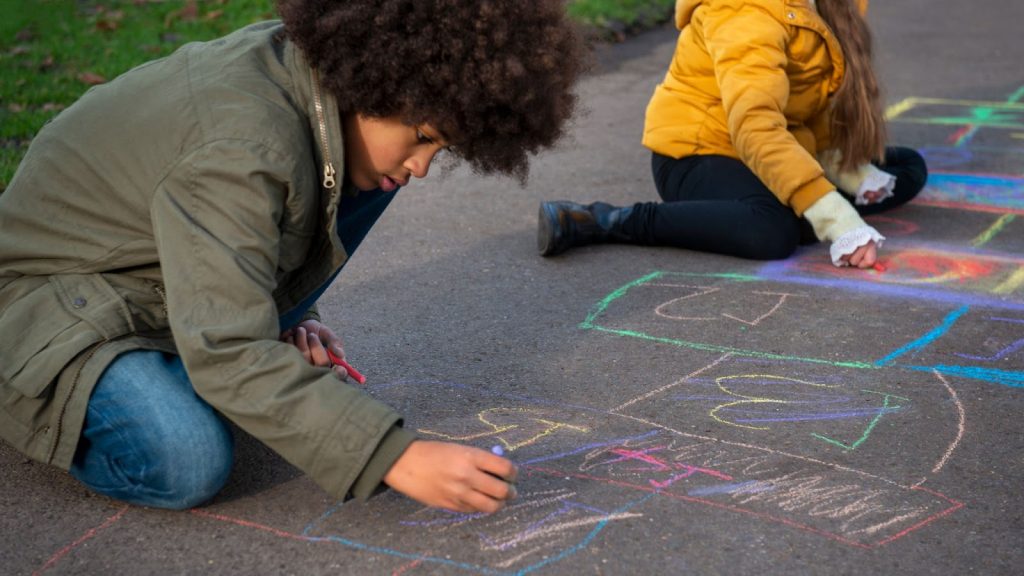
Things you’ll need: chalk, a sidewalk or pavement, and a list of phonograms.
How to do: Use the chalk to draw a hopscotch grid on the sidewalk or pavement. Write a different phonogram in each square. Have your child say the phonogram aloud as they hop on each square.
3. Phonogram Bingo
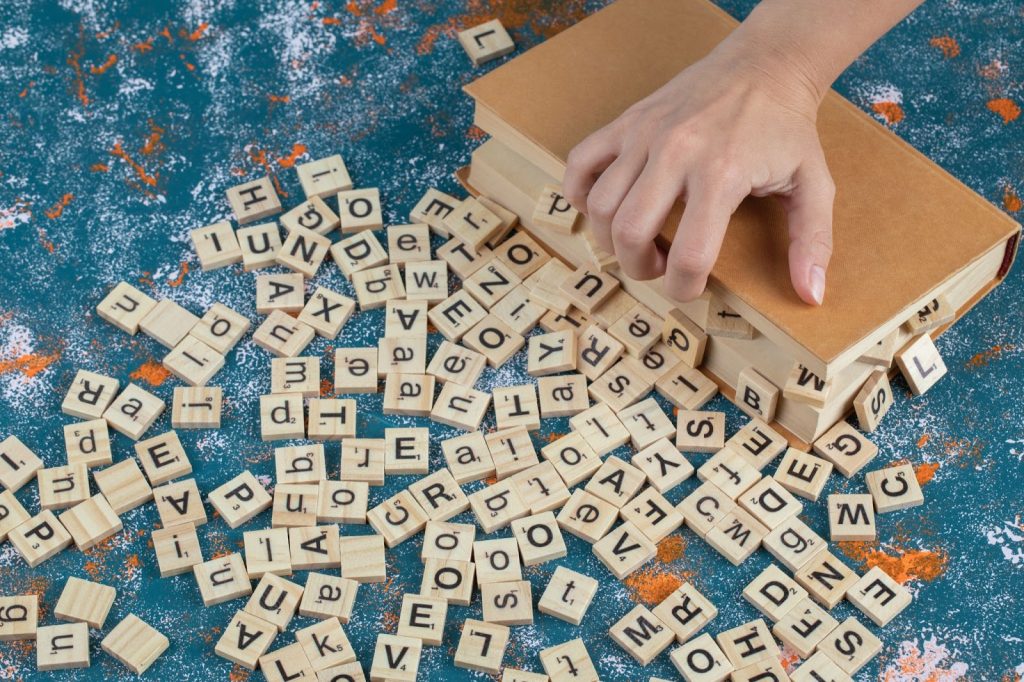
Things you’ll need: bingo cards with various phonograms written on them, counters, and a caller.
How to do: Play bingo using phonograms instead of numbers. The caller will say a phonogram, and your child will cover the corresponding phonogram on their card with a counter. The first one to cover all the phonograms on their card wins.
4. Phonogram Puzzles
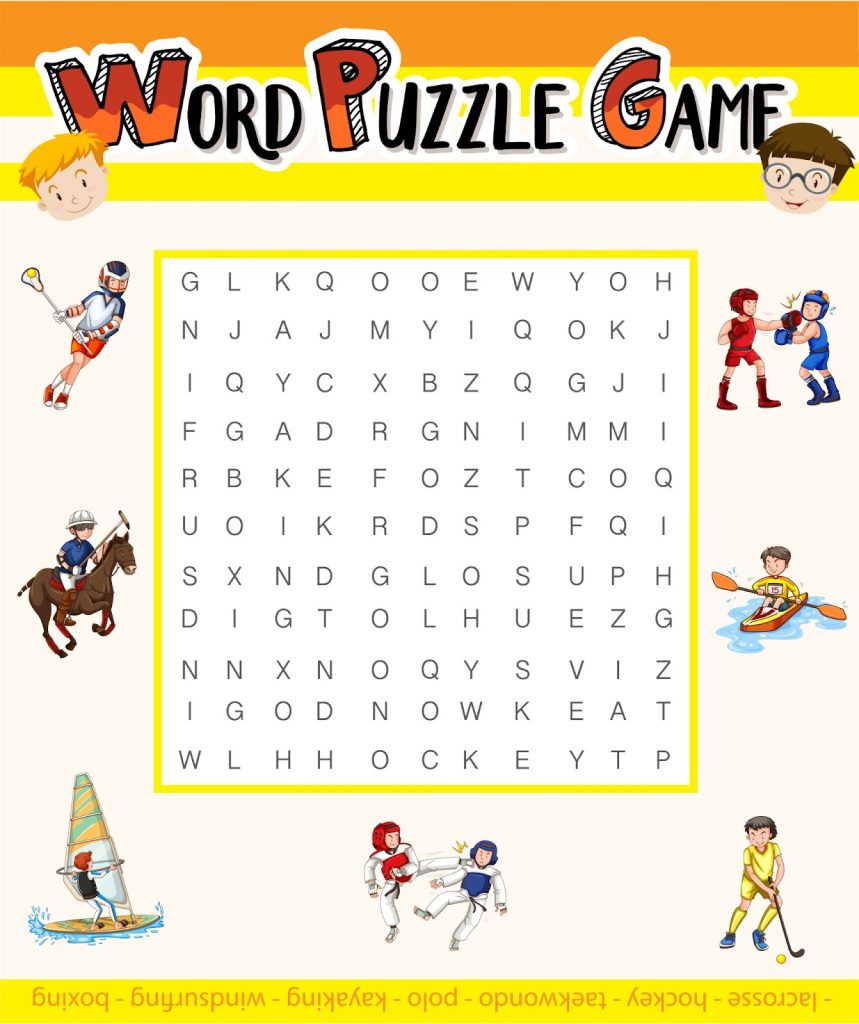
Things you’ll need: Phonogram puzzle pieces, a table or flat surface, and a timer.
How to do: Use phonogram puzzle pieces to create words on a table or flat surface. Set a timer and challenge your child to create as many words as they can using the phonogram puzzle pieces.
5. Phonogram Memory Game
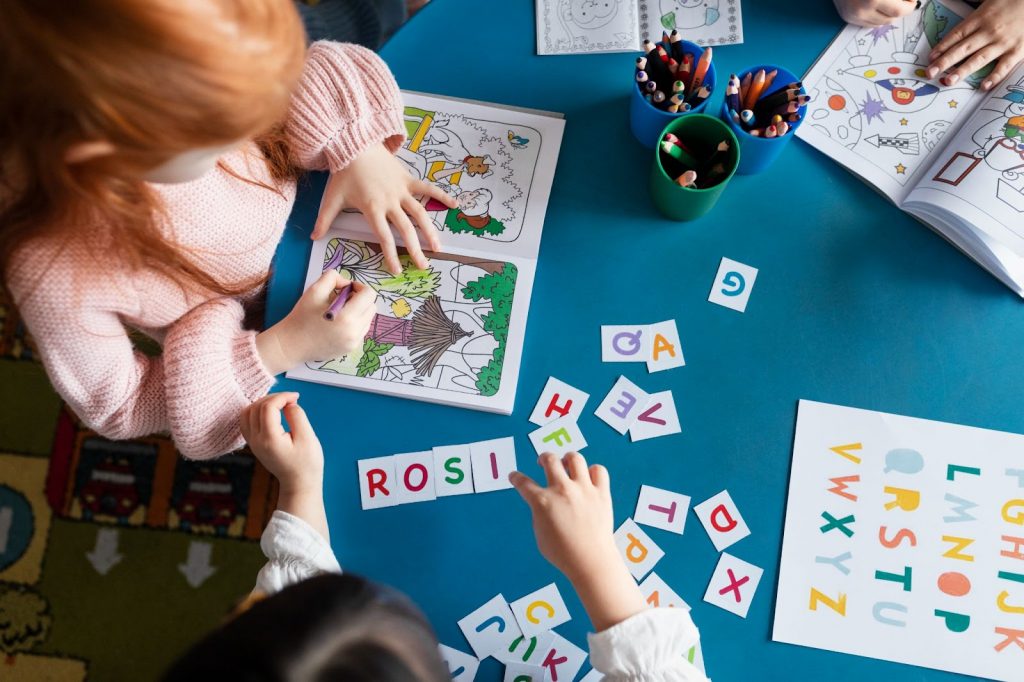
Things you’ll need: Phonogram flashcards with matching pairs, and a timer.
How to do: Lay out the flashcards upside down on a table. Have your child flip over two cards at a time and read the phonograms aloud. If they find a matching pair, they keep the cards. The player with the most matching pairs at the end wins.
Related Reading: Brain Boosting Memory Games for Kids for Enhanced Learning
6. Phonogram Tic-Tac-Toe
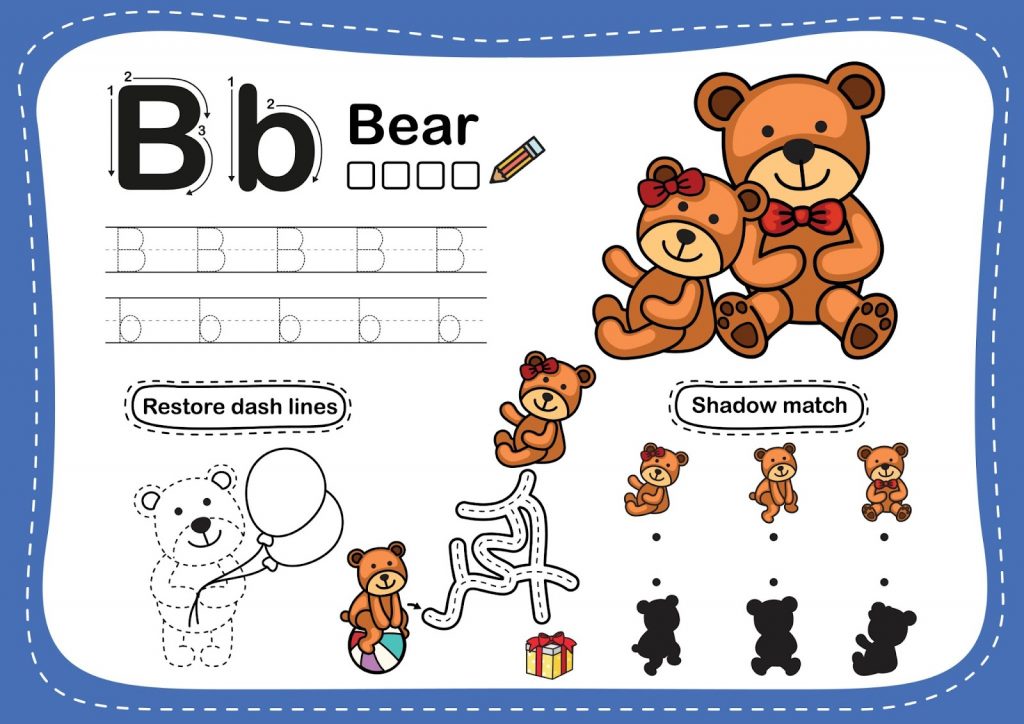
Things you’ll need: A tic-tac-toe board drawn on paper, phonogram flashcards, and counters.
How to do: Use phonogram flashcards as markers on the tic-tac-toe board. Players take turns placing a phonogram flashcard on the board until someone gets three in a row.
7. Phonogram Obstacle Course
Things you’ll need: Phonogram flashcards, cones or markers, and a timer.
How to do: Set up an obstacle course with cones or markers around your yard or living room. Place phonogram flashcards on each cone or marker. Have your child race through the obstacle course, saying the phonograms aloud as they go.
8. Phonogram Hangman
Things you’ll need: A piece of paper, a pen, and phonogram flashcards.
How to do: Write a word containing a phonogram on the paper, leaving a blank space for each letter. Have your child guess letters and phonograms until they figure out the word. Each incorrect guess results in the drawing of a hangman.
9. Phonogram Simon Says
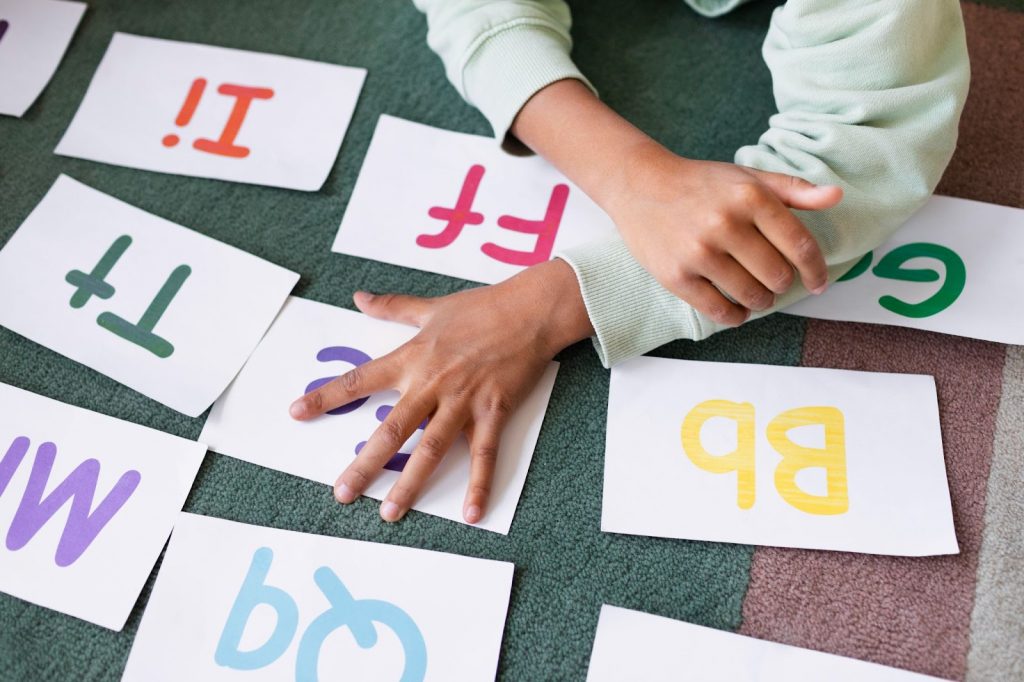
Things you’ll need: 8 single-letter phonograms, 8 Index cards, Marker, Crayons
How to do: To start, work with your child to write down eight phonograms, one on each card, and pronounce the sound the letter or group of letters makes as you write. Then, encourage your child to decorate each card in a fun and unique way. Next, stand on one side of the room and have your child stand on the opposite side. Hold up a card and say, “Simon says to make the sound!” If your child correctly pronounces the phonogram, they take a jump toward you. However, if they mispronounce it, they have to take a jump backward. Keep in mind that if there is no space for them to jump backward, they can stay put. The aim of the game is for your child to reach you before the deck is complete. If your child is still mastering individual letter sounds, you can modify this game by using single-letter phonograms rather than letter groups.
10. Phonogram Charades
Things you’ll need: Phonogram flashcards, a timer, and a notepad.
How to do: Have your child draw a phonogram flashcard from a hat. They then act out a word containing that phonogram while the other players guess what the word is. Keep track of the guessed words on a notepad and award points for correct guesses.
Related Reading: Great Charades for Kids of All Ages
Conclusion
Phonograms are an important component of early literacy that every parent should consider teaching their children. By understanding the relationship between letters and sounds, children can become proficient readers and writers and this is why it is important to put in the effort to teach phonograms to kids. Trying innovative techniques and introducing fun phonogram activities can really help the kids learn and can have a significant impact on their academic success and lifelong learning.
Frequently Asked Questions (FAQs)
How long does it typically take for a child to master phonograms?
Every child is different, so the time it takes to master phonograms can vary. However, with consistent practice and reinforcement, most children can develop a strong understanding of phonograms within a few months to a year.
When should I start teaching my child about phonograms?
Phonograms can be introduced as early as preschool or kindergarten. However, the timing ultimately depends on your child’s individual readiness and interest in learning.
Can my child still learn phonograms if they struggle with reading?
Yes, learning phonograms can actually help improve reading skills. It can help children identify and decode words more easily, which in turn can increase their reading comprehension.

















